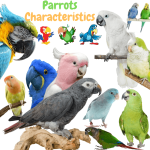
Parrot Macaw The macaw parrot includes under it 18 species of colored parrots of different colors, and shiny, as it is classified as one of the most beautiful birds in the world This article provides a collection of information about the macaw parrot.
Scientific classification of macaw parrot
The following table shows the classification of the macaw parrot according to the principles of scientific classification:
- Kingdom animal
- Division Chordates
- Row fowls
- Rank Parrots
- Platoon Real parrots
- Genre Macaw parrot
Types of macaw parrot
There are many different types of macaw parrot, including the following:
- Blue and golden macaw (scientific name: Ara ararauna).
- Great green macaw (scientific name: Ara ambiguus).
- Red and green macaw (scientific name: Ara chloropterus).
- The scarlet macaw (scientific name: Ara macaw).
- Blue-headed macaw (Primolius couloni)
- The hyacinth macaw (Anodorhynchus hyacinthinus) is a scientific name.
- Red-bellied macaw (Orthopsittaca manilatus)
- Indigo macaw (Anodorhychus leari).
- Severe Macaw (scientific name: Ara serverus).
- The blue-throated macaw (Ara glaucogularis)
- Military Macaw (scientific name: Ara militaris).
- The gold-collar macaw (Primolius auricollis).
- Red-shouldered macaw (Diopsittaca nobilis).
- The red-foreheaded macaw (scientific name: Ara rubrogenys).
- The small blue macaw (Cyanopsitta spixiii)
- The blue-winged macaw (Primolius maracana)
Characteristics of the macaw parrot
Morphological qualities of the macaw parrot
- It is a large bird, ranging in length between 30 and 102 centimeters, while the weight of a large species ranges between 1550 and 1600 grams, and it is worth noting that its size varies according to its species.
- It has a large, strong, curved beak, which he uses for feeding, and as a third foot, where he climbs trees in search of food.
- He has 4 fingers on each foot, two in the front of each foot and two in the back.
- It is characterized by its varied and bright feather colors, and its tail feathers are very long.
- Males of these parrots are similar to their females, which is uncommon among birds of color.
Behavioral traits of a macaw parrot
- This parrot relies on nuts, seeds, and fruits to feed on nuts, as it is able to break the toughest shell of nuts, such as Brazil nuts, and is believed to eat mud to offset the toxicity of some substances in its diet.
- It is characterized by its ability to imitate the human voice and other sounds with high accuracy, and the blue and gold macaw is distinguished by its high educational capabilities.
- Macaw parrots fly at speeds of up to 56 kilometers per hour.
- Usually, when these parrots are disturbed they scream loudly and move their tail.
- These parrots are social birds as they live in groups of 10 to 30 individuals, and these groups sleep in the trees at night, and in the morning they may fly long distances in search of food.
- These parrots are easy to tame, keeping them as pets.
Breeding of macaw parrot
Most species of macaw parrots reach puberty at the age of 3 to 4 years, and these parrots marry one marriage for life, and most females usually lay 1 to 3 eggs, and after laying eggs, mothers incubate the eggs, while fathers hunt food. It is worth noting that the average lifespan of these parrots ranges from 60 to 80 years or more.
Habitat of the macaw parrot
Macaw parrots live in rainforests, some species live in drier habitats, and Central and South America are native habitats to these parrots.
Macaw parrot is a common name for about 18 species of large-colored parrots that are widespread in tropical North and South America.
These magnificent brightly colored birds are some of the most beautiful and amazing parrots in the world.
Characteristics of the Macaw parrot
- Color: Blue _ Red _ Green.
- Size: Large.
- Lifespan: +30 years.
- Interaction: Very sociable.
Macaw parrots are known as giants of the parrot world. The ruby macaw is the longest parrot with a length of about 100 cm from head to tail.
The parrot has long tail feathers as well as large, powerful beaks designed to break down nuts and hard seeds. These parrots have a long build and magnificent colorful plumage.
Types of macaw parrot
Although there are 18 species of macaw parrot, not all of them are adopted by people.
The types of companion parrots that are generally kept include the following, listed by the common name and scientific name:

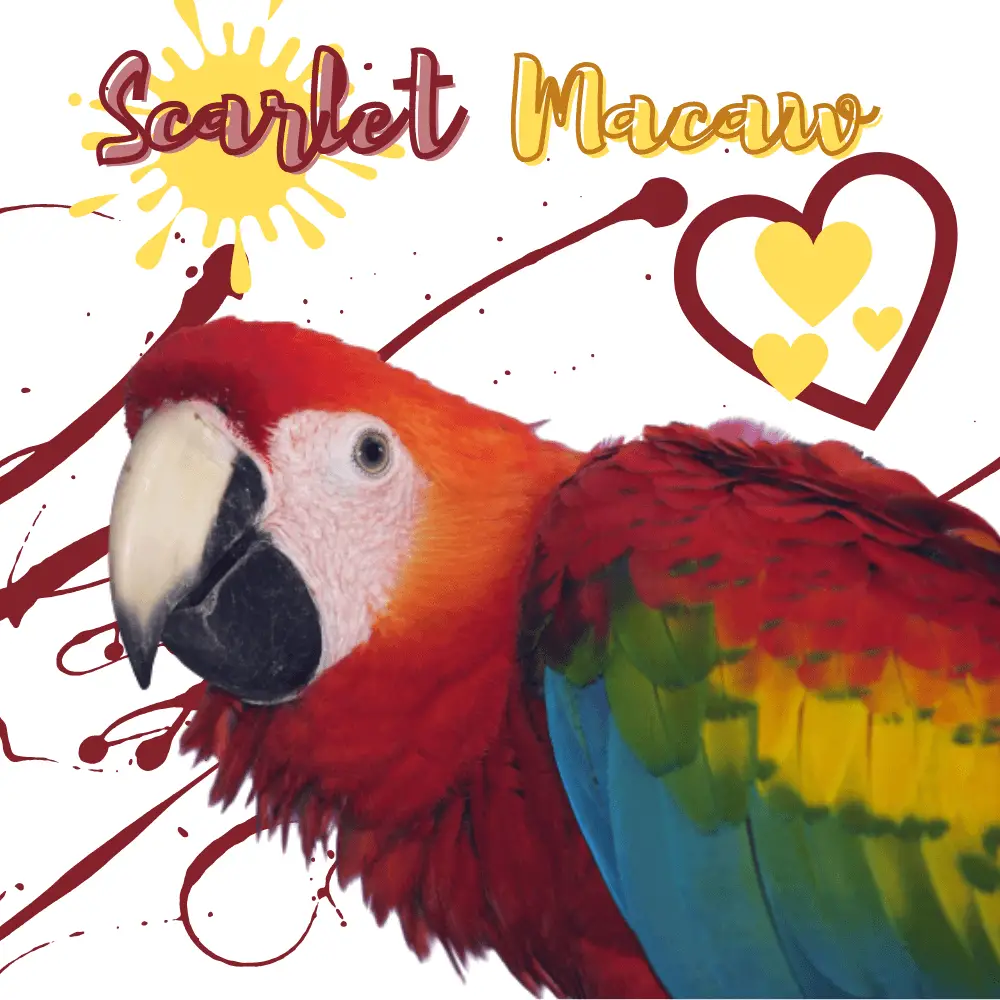


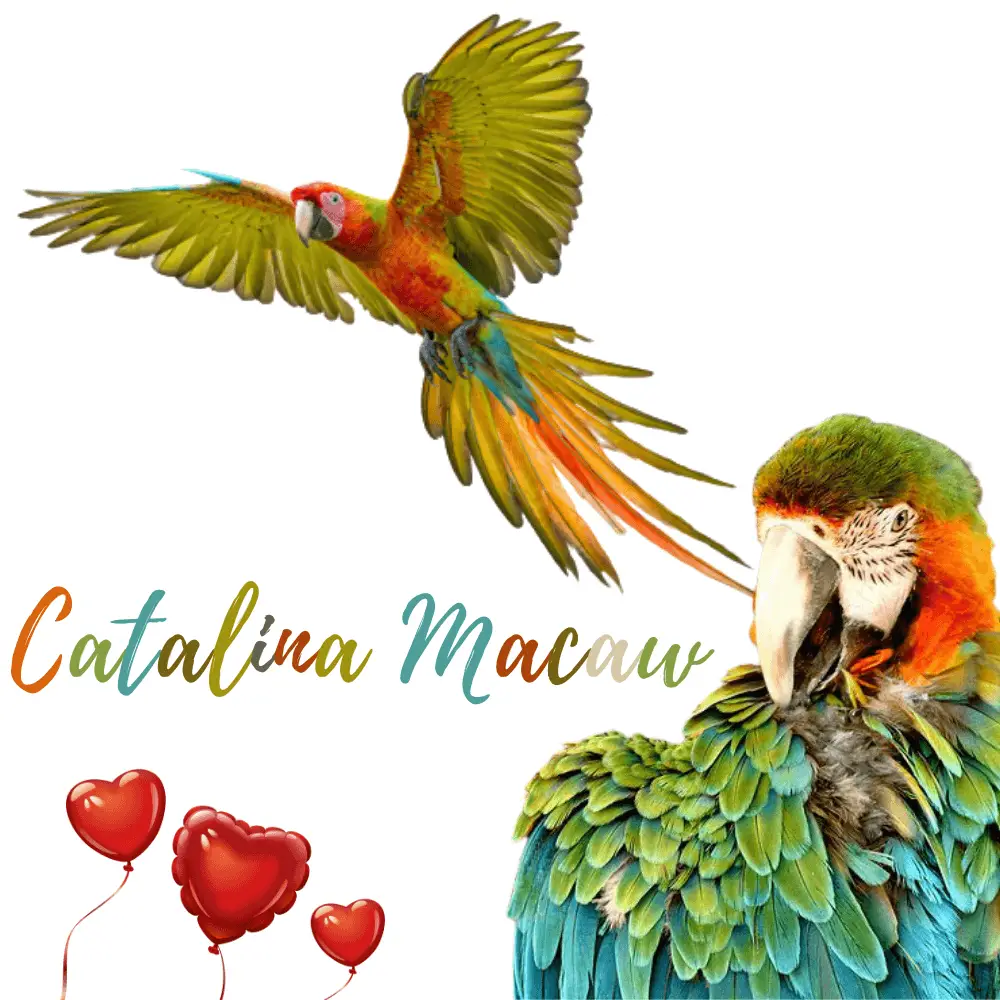
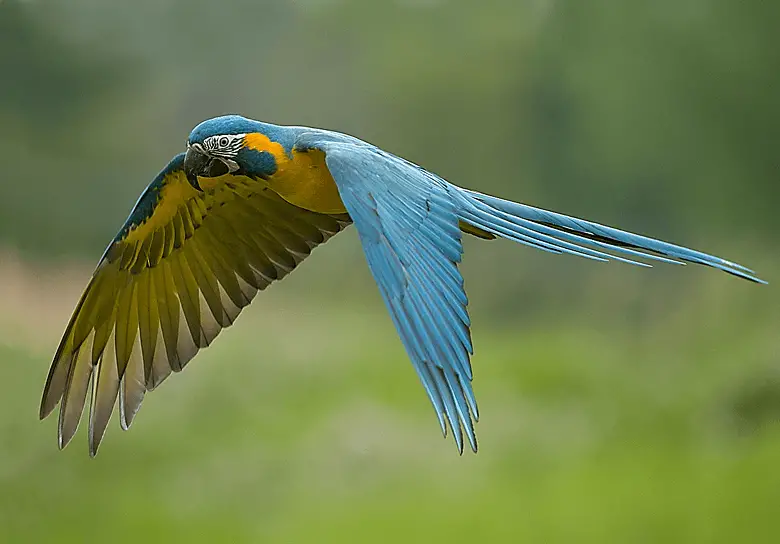
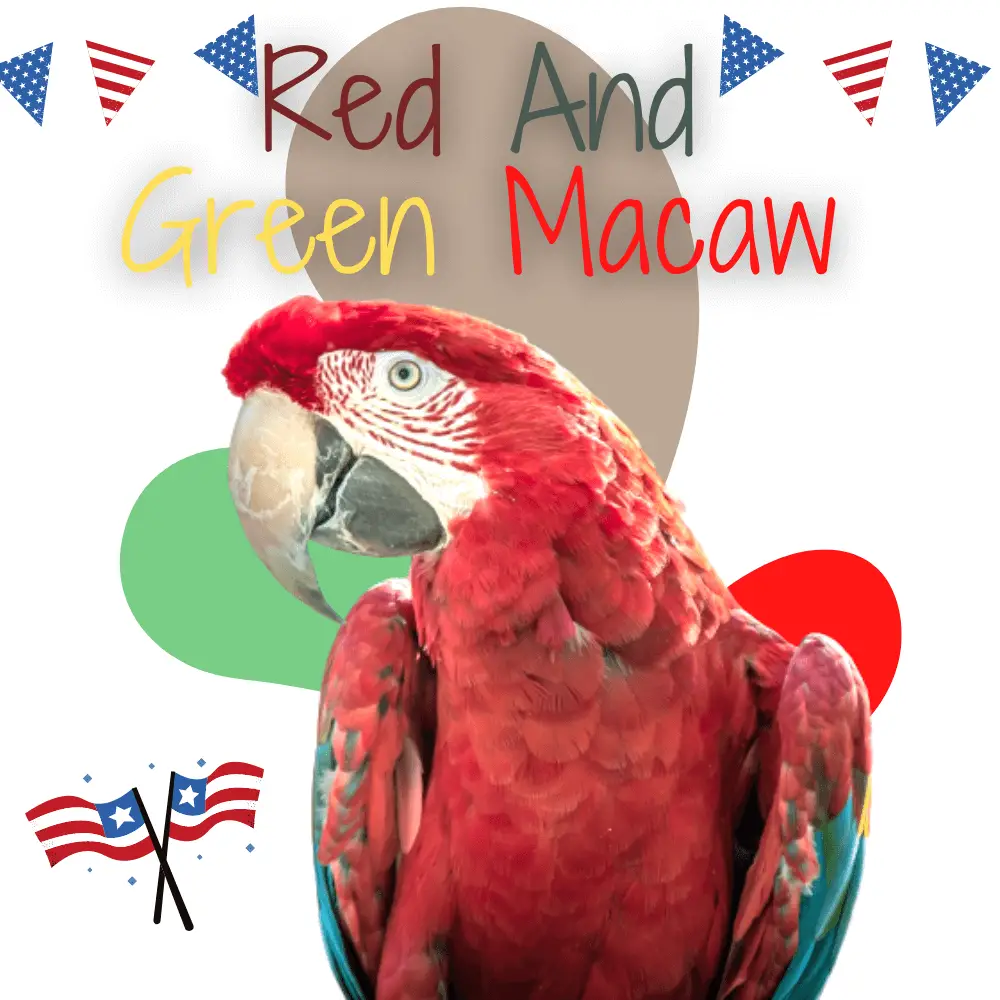

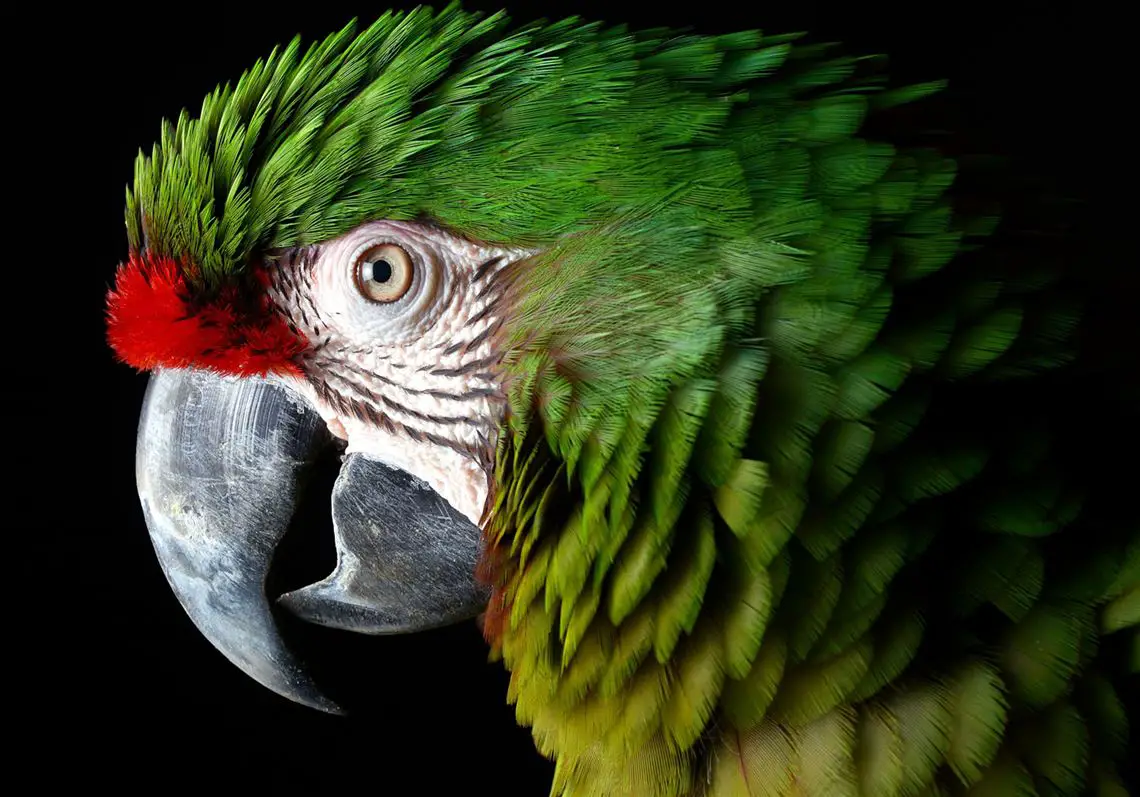
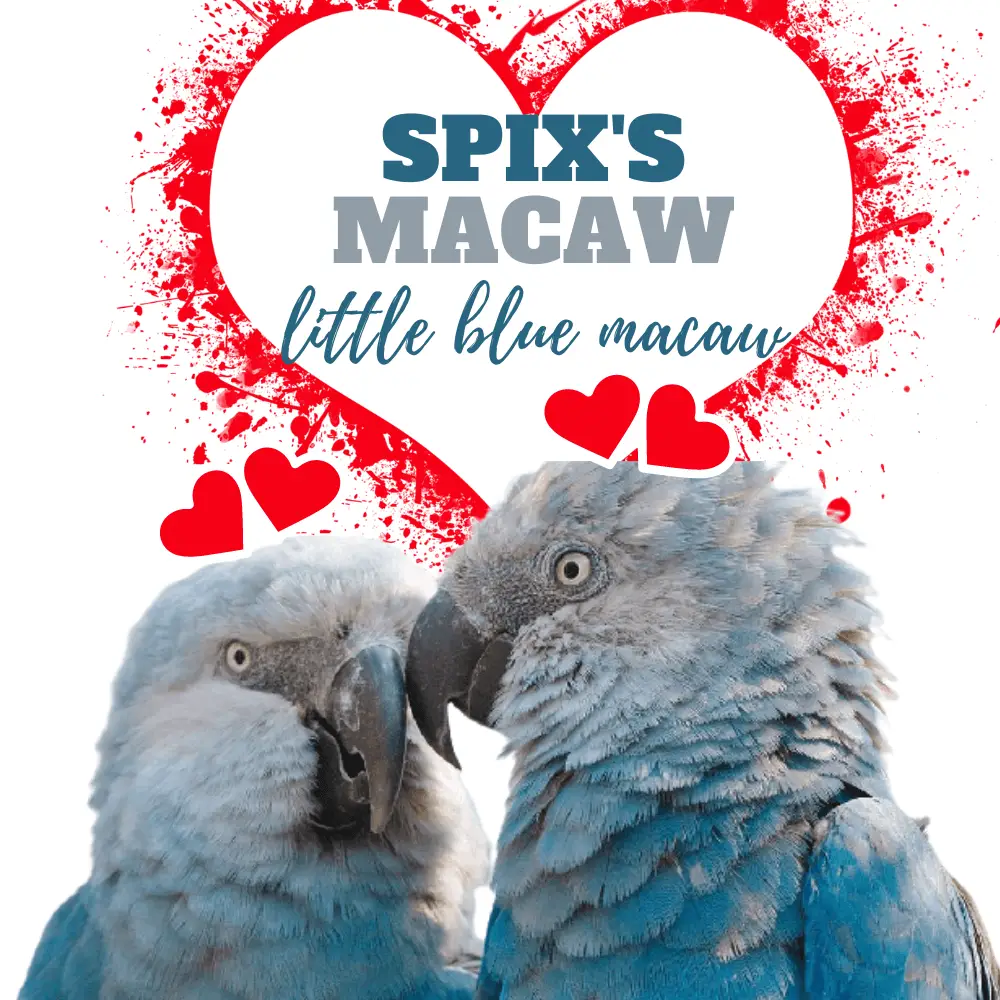

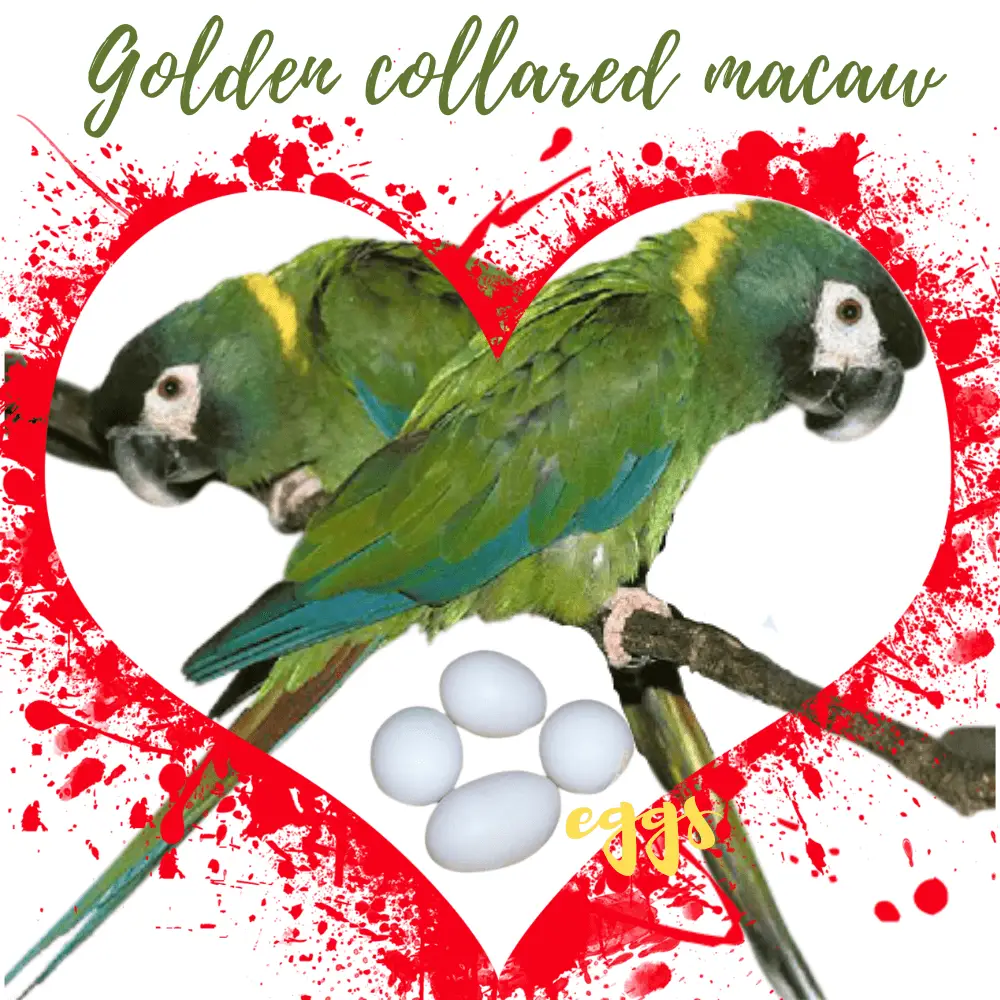
Some of these species have other common names. For example, the blue and golden parrot is sometimes called the blue-yellow parrot, and the military parrot is sometimes called the chestnut parrot.
Macaw parrot breeding
- Breeding birds is not as simple as it seems, and breeding your own parrot is a decision that should be made only after a lot of research and talking with experienced breeders. To keep your bird and its offspring healthy, you need to be able to handle any situation you encounter.
- Make sure you have the necessary time and money, as well as easy access to an experienced veterinarian.
- If you want to raise your own parrot, make sure that it is mature and healthy. Breeding birds need to bond and take advantage of their surroundings. Birds should be well fed and their new spacious cage should be clean.
- The breeding season for macaw parrots is usually in spring and early summer, although some pairs will breed almost all year round. Females usually lay two to four eggs but sometimes more. The incubation period ranges from 23 to 27 days. Some additional high-fat seeds, such as sunflower seeds, should be added to the diet during the breeding season to stimulate reproduction.
The original habitat of the Macaw parrot.
- Macaw parrots are native to the southern part of North America (Mexico) as well as Central and South America.
- Evidence suggests that the Caribbean was also home to indigenous macaw species, now extinct, such as the Cuban parrot (Ara tricolor).
- The macaw parrot lives in rainforests, as well as pastures and grassy areas in forests.
- Macao has been seen in the Amazon basin, like Peru, eating mud (mud in an exposed riverbank), which researchers believe is a way for parrots to neutralize toxins found in some foods they eat in the wild.
- Some parrot species are endangered, according to the IUCN list there are nine species that are currently the most exposed.
- There are three species of seriously endangered macaw parrots: glucosic macaw, blue-throated macaw, and Spix parrot.
- There are three endangered macaw species: the Lear macaw, the large green macaw, and the red-fronted macaw.
- There are three species of parrots at risk: Sapphire Macao, Military Macao, and Blue-headed Macao.
Care and nutrition.
Macaw parrots are known for their long tails, which means they need a large long cage.
The parrot needs a cage long enough to prevent tail feathers from reaching the bottom of the cage, which can cause the tail feathers to bend or break.
Parrots feed in their natural habitat on seeds, fruits, flowers, leaves, palm nuts, figs, nectar, and, in some areas, clay from exposed river banks.
The nutritional needs of some species of macaw parrot are different from others.
A wild parrot’s diet tends to be high in fat, which is essential for a bird that spends its day flying through the rainforest, finding food, and nesting.
Speech and sound
Large parrots have sound as loud as their size, and their screams and screams can be very loud and almost pierce the ear.
The owner of the parrot needs to take into account the loud voice of the parrot, especially if he lives in an apartment and/or has neighbors nearby.
Parrots can be taught to speak and may also tend to whistle or mimic the sounds and noises they hear inside and outside the house.
Health and general conditions
A parrot can be prone to feather-destroying behaviors, boredom or lack of proper mental stimulation may be the cause of this behavior.
Offer your parrot a rich environment with lots of opportunities to play and practice sports, such as climbing nets and ropes, as well as games.
Parrots are also more likely to develop ventricular dilation disease (PDD), cystatin beak and feathered disease (PBFD), psoriasis, and malocclusion of the beak.
Regular medical check-ups by a veterinarian can help diagnose and treat many diseases early.
It is normal for a parrot to sneeze several times a day to remove dust or lint from its nose, which may be accompanied by a clear discharge. If the sneezing is persistent and/or the discharge is not a pronounced color, contact your veterinarian.
Some facts about the Macaw parrot.
- Macaw parrots are the largest of 370 different species of parrots on Earth.
- A macaw parrot can weigh between 2 to 4 pounds or even 2 kg.
- They are diurnal which means they sleep during the night. It will wake you up with the first rays of the sun every morning.
- They have powerful beaks that can break hard seeds and nuts. Or your fingers if you are not careful, do not go play with a macaw parrot that you do not know or if the owner is not around.
- Their tongues are scaly, and dry and have a bone to benefit from the fruit.
- Macaw parrots can fly up to 15 miles every day just to forage for food.
- It has been observed in the wild that parrots have a lot of scouts. They go on long morning trips in search of food.
- The red-fronted macaw can fly at speeds of about 40 mph.
- There are no two parrots with the same feathered pattern on their face. It is a bit like human fingerprints.
- Parrots of the Amazon in the west eat mud from the river bed. The idea is that they neutralize the toxins of some plants that are good for them, but scientists say they eat clay to get vitamin B in it.
- They are quite sociable and are often seen in flocks of at least 30 parrots.
- The female parrot usually lays about 2 to 4 eggs.
- The female usually sits on her eggs to incubate them while the male collects food for both.
- Foods such as cherries, avocados, caffeine, uncooked meats, shellfish, and chocolate are dangerous for them.
- They can become aggressive and shout with loud loud noises just to attract attention.
Read also: Siberian Husky dogs: everything you need to know about this brave
breed


